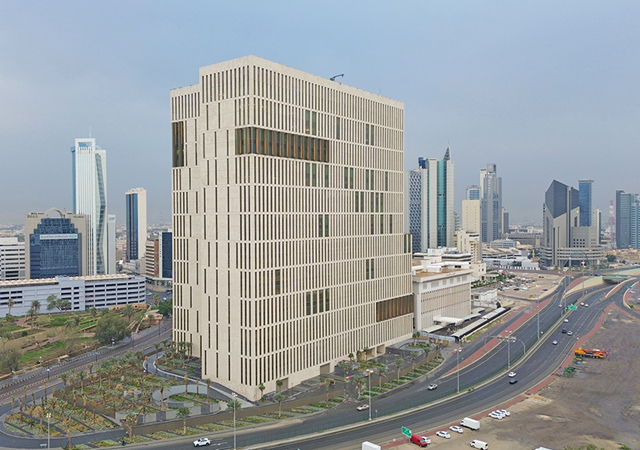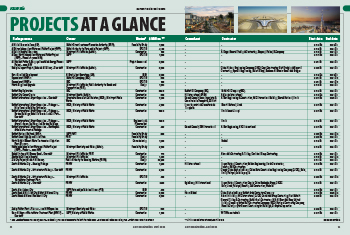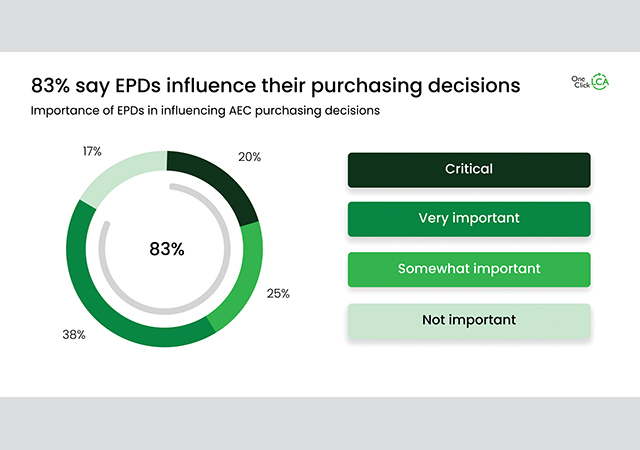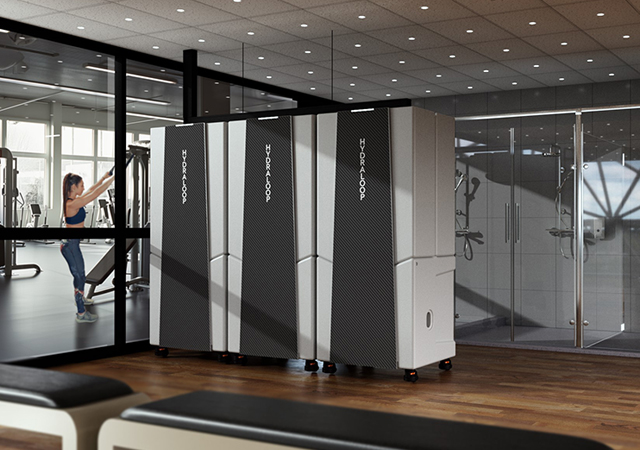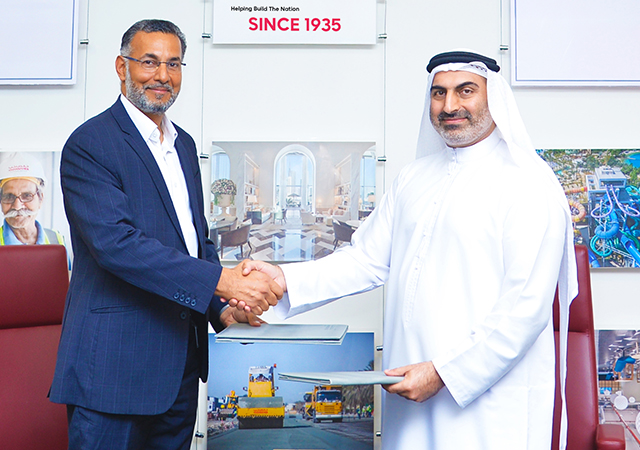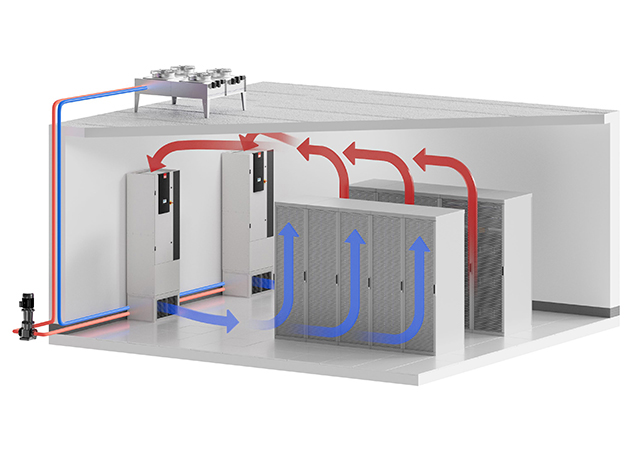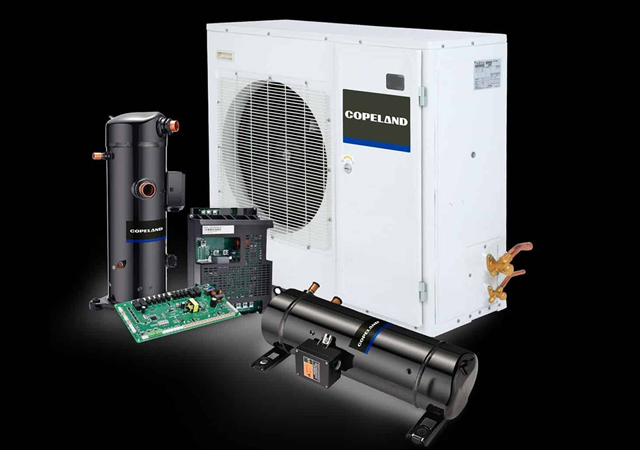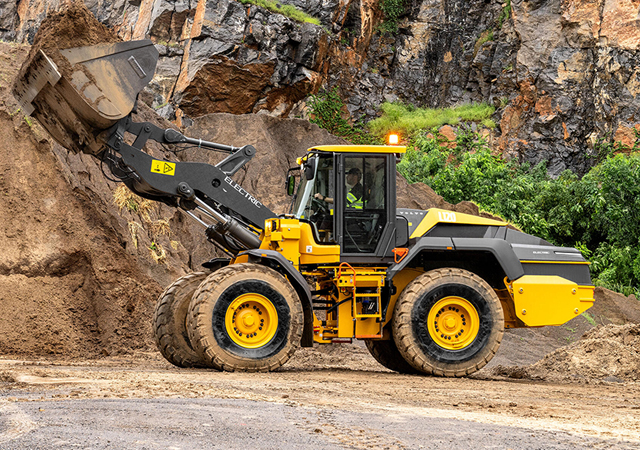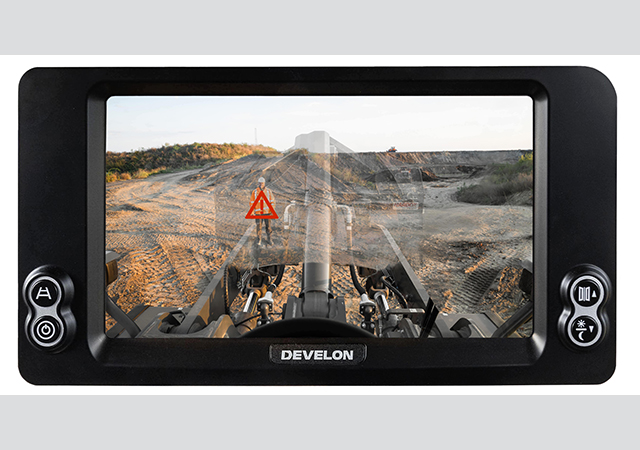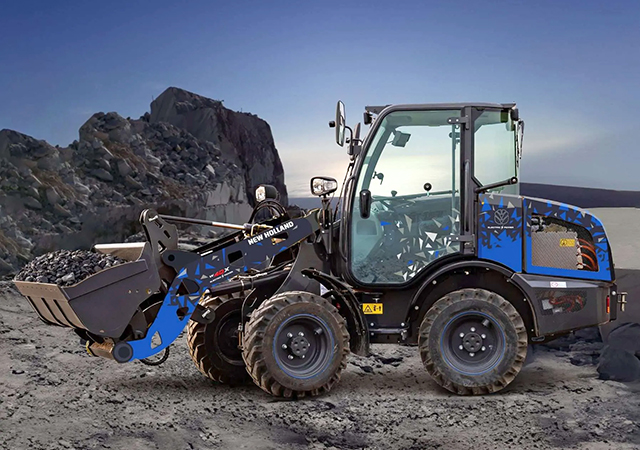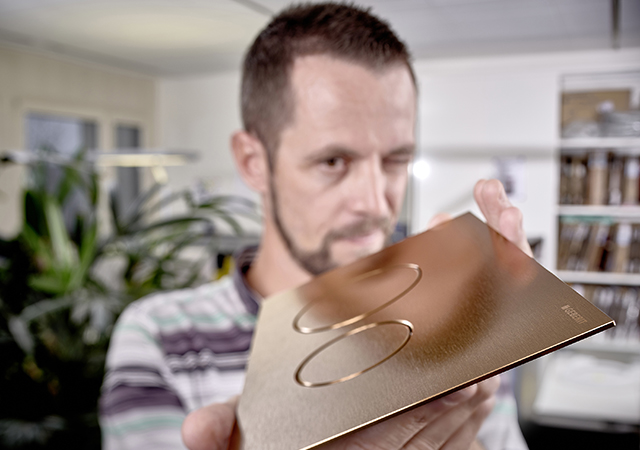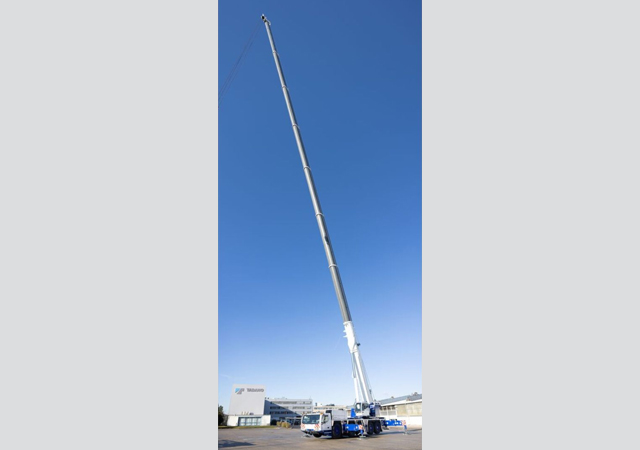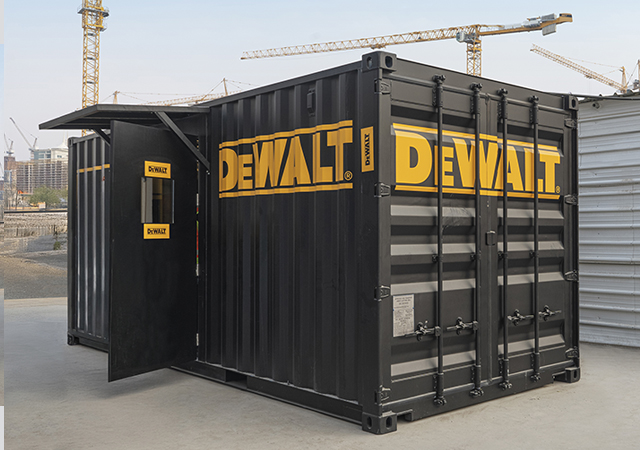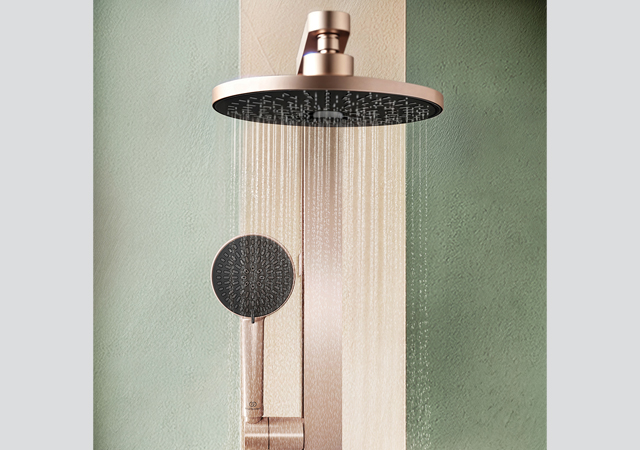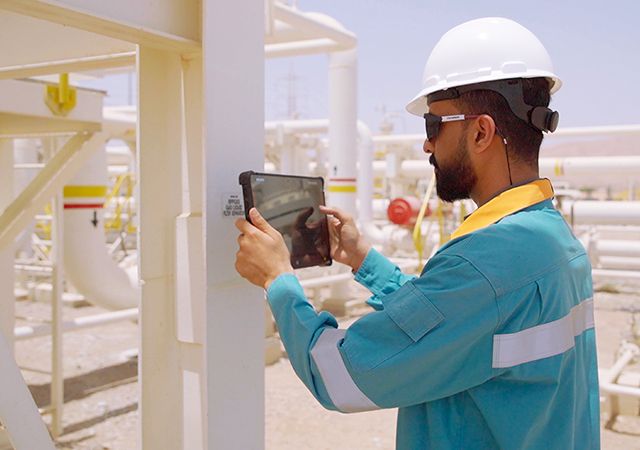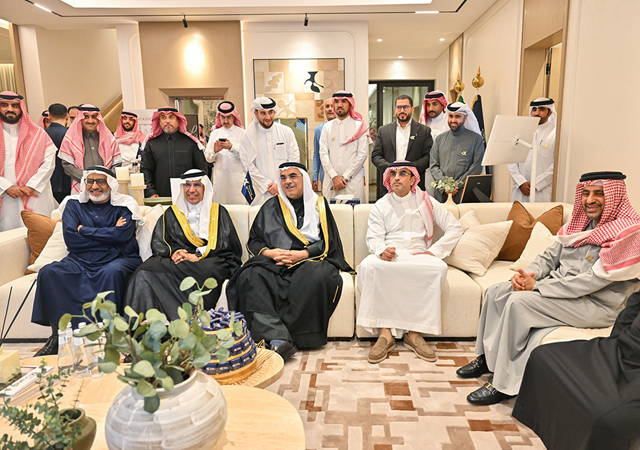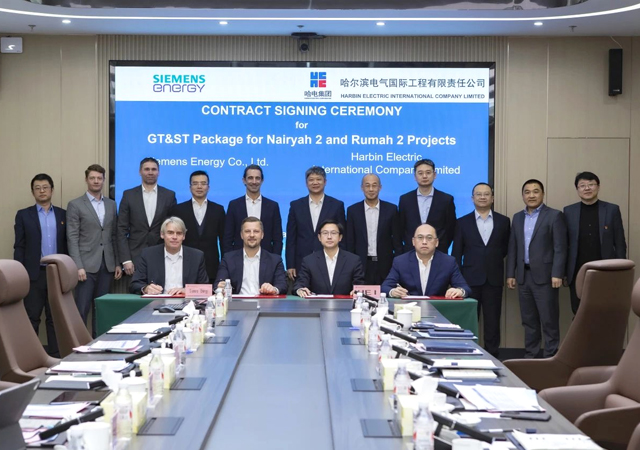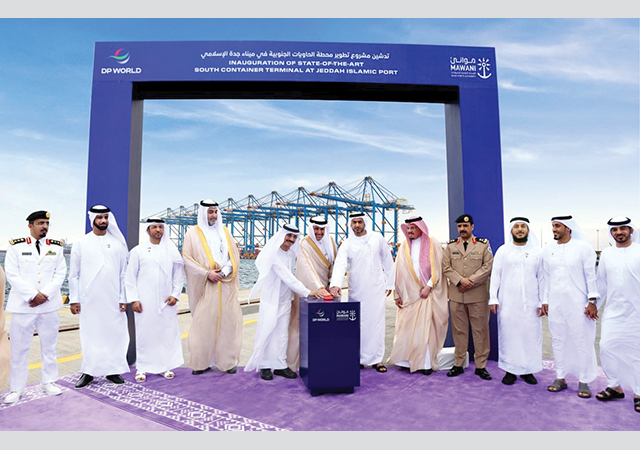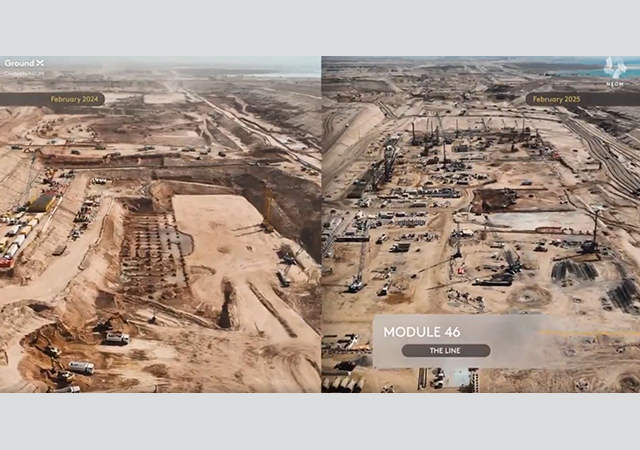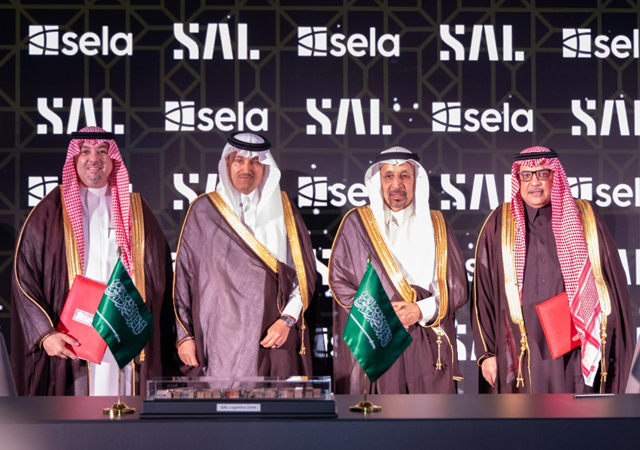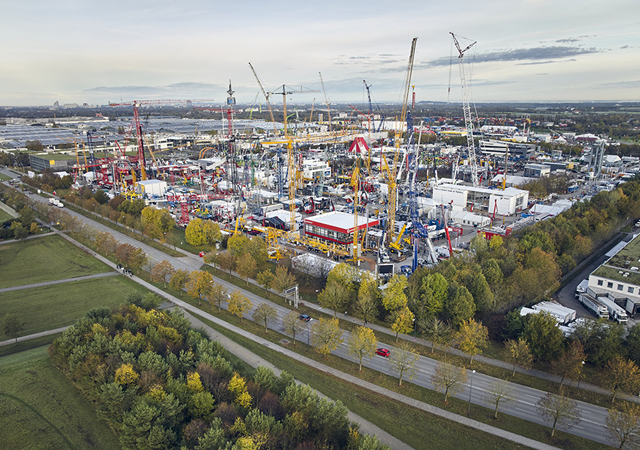
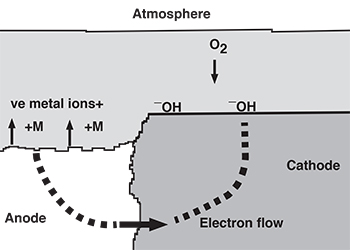
BRIAN MACK, technical business development manager at EJOT’s AppliTEC Centre, highlights how to tackle fastener corrosion.
A key aspect, all too easily overlooked when specifying the right fastener for a specific application, should be the corrosion risk created between the fastener material and the application’s unique properties.
It is a fact that different metals corrode at different rates regardless of how ‘safe’ it appears to begin with. Fasteners are no different and there are two key influences specifiers should be aware of. EJOT has conducted a study dealing with the metal to metal relationship of the fixing in its applied environment, and also the natural life cycle of the fastener’s own composition.
Bimetallic corrosion
Bimetallic corrosion occurs when two differing metals are in electrical contact with each other and where an electrolyte (such as water containing acid, combustion materials or salt) is bridging the two metal components. Current flows from the anode (less noble: Electronegative) to the cathode (nobler: Electropositive) with the less nobler/electronegative metal suffering from greater corrosion (see diagram).
The level of corrosion is dependent upon the electrode potential of the metals. It can, however, be misleading to rely on galvanic series tables as many of these refer to the metals in their raw state and do not take coating processes and the nature of the environment into account.
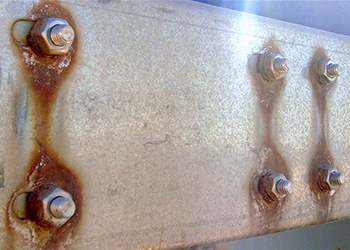 |
Minimising the potential for bimetallic corrosion and natural corrosion of fasteners is generally aided by the addition of protective coatings. These coatings can range from a passivated zinc coating applied to austenitic stainless steel bi-met fasteners, through to a combination of zinc and organic corrosion-resistant coating applied to carbon steel fasteners.
EJOT’s own expertise and experience in coating is drawn from a wide range of fields including automotive, electronics and industrial components. Therefore, years of accumulated application test data shows that effective protection against corrosion can be achieved.
Powder coatings provide good aesthetics but there is more to consider in their selection. The process of powder coating a fastener involves cleaning the head of the fastener to provide a key for the powder. This cleaning process, therefore, reduces the original protective coating which the new powder coating simply cannot restore. However, the powder coating used on stainless steel fasteners can retain its life expectancy because of the base material’s natural properties. In contrast, a carbon steel fastener’s corrosion resistance can be markedly reduced.
In short, the specification of a powder-coated fastener should consider not only its ability to enhance the aesthetic qualities of an application but also the life-cycle responsibility of its performance. EJOT’s Super-Saphir powder-coated range of stainless steel fasteners meets this requirement as well as giving a long life expectancy in service.
Corrosion & environment
As far back as 1985, EJOT launched a product development programme designed to consider the effect that hazardous atmospheres have on the lifecycle of a fastener. Typical problem areas include leisure centres with large indoor swimming pools, tunnel building, and environments that combine high humidity and hazardous substances.
The traditional option of choosing a fastener formed from either A2 or A4 stainless steel has always been more about limiting corrosion and stress-induced chlorine corrosion. The resistance provided by these materials is governed directly by how much isolation from the atmosphere can be allowed by the application itself, and so certainty can only be limited.
As a direct result of this exploration, EJOT has developed a self-tapping fastener range specifically for use in atmospheres with a known risk of high corrosion. The AppliTEC centres in both the UK and Germany have worked together to create a modified grade of austenitic steel: 1.4529: X1NiCrMoCuN25-20-7 (UNS 08926) – DIBt Approval Z-14.1-4 (DIBt: Deutsches Institut für Bautechnik).
Extensive testing has shown the material to have a significantly higher resistance to corrosion and now provides the first proven option with the JA1 and JZ1 fastener ranges.
• Brian Mack and his team have invested a lot of time researching how the correct choice of fastener material and coating can maximise the life expectancy of an application. Sharjah-based EJOT Middle East works closely with EJOT’s testing and development centres in both the UK and Germany.



